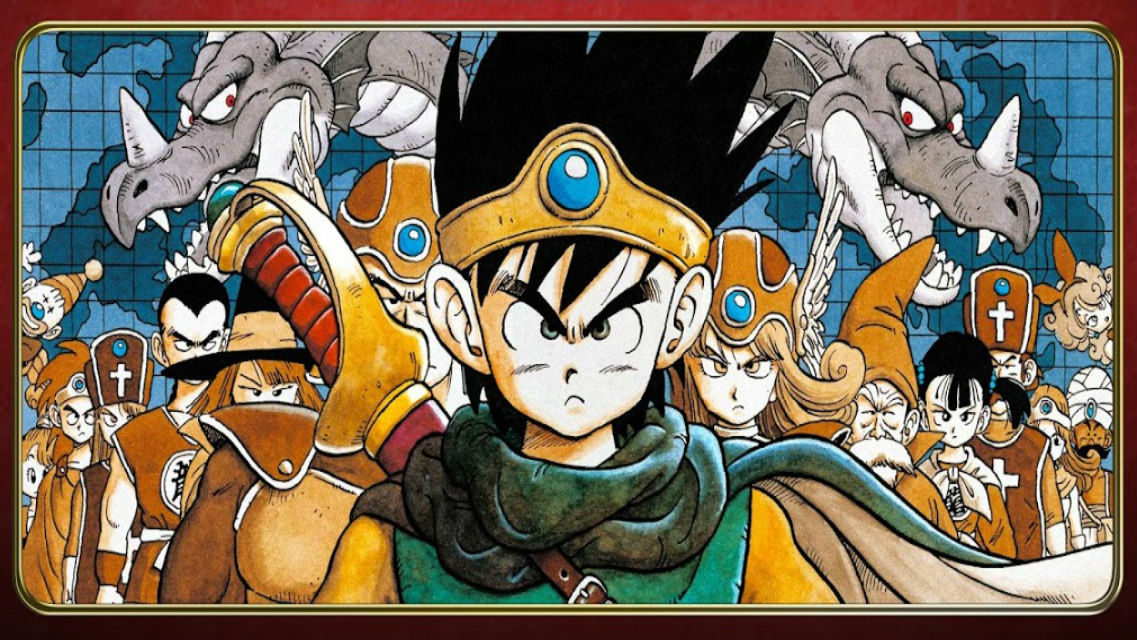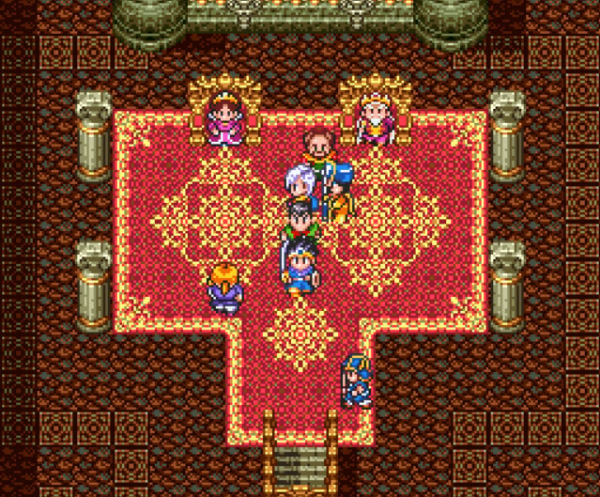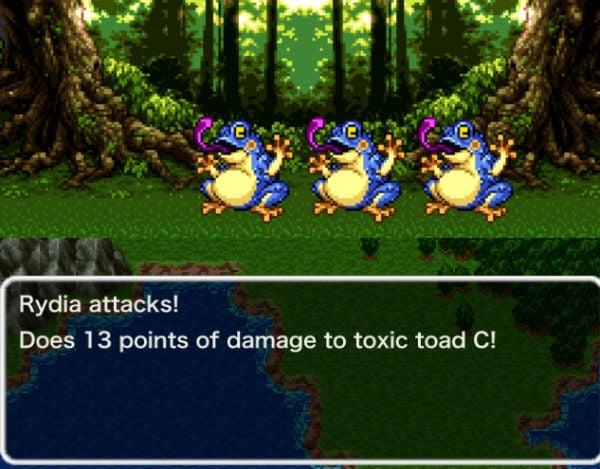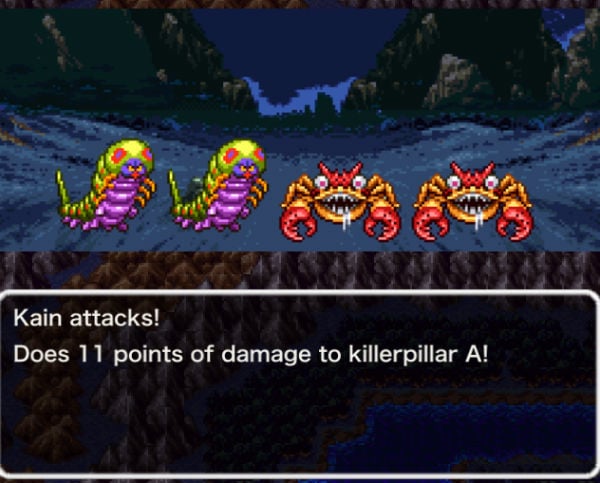- Wondering how to get Monopoly GO! free rolls? Well, you’ve come to the right place. In this guide, we provide you with a bunch of tips and tricks to get some free rolls for the hit new mobile game. We’ll …
Best Roblox Horror Games to Play Right Now – Updated Weekly
By Adele Wilson
Our Best Roblox Horror Games guide features the scariest and most creative experiences to play right now on the platform!The BEST Roblox Games of The Week – Games You Need To Play!
By Sho Roberts
Our feature shares our pick for the Best Roblox Games of the week! With our feature, we guarantee you'll find something new to play!All Grades in Type Soul – Each Race Explained
By Adele Wilson
Our All Grades in Type Soul guide lists every grade in the game for all races, including how to increase your grade quickly!
Dragon Quest III Review: Good Times With Old Friends
Initially released in Japan in 1988, Square-Enix’s Dragon Quest III is still revered in its home country as one of the best RPGs of all time. However, if you live in North America, you have limited options for experiencing this …

Initially released in Japan in 1988, Square-Enix’s Dragon Quest III is still revered in its home country as one of the best RPGs of all time. However, if you live in North America, you have limited options for experiencing this thick slice of history. You can grab the original NES release, which was marketed as Dragon Warrior III (expensive), or find a copy of the 2001 Game Boy Color release (also marketed as Dragon Warrior III – and also expensive).
The third and newest option is your best bet: You can now download a localized version of Dragon Quest III: The Seeds of Salvation from the App Store and Google Play. And this is something all fans of Japanese RPGs ought to do, even though this mobile adaptation is missing some compelling features from previous remakes of the title.
Despite its prominence, Dragon Quest III is light on story. On your sixteenth birthday, you inherit your hero father’s legacy and are tasked with the job he appears to have failed at: Slaying the archfiend Baramos. You round up some friends at the pub and venture forth.

Though basic, Dragon Quest III’s tale still holds a surprise or two. Players that make it to the end of the game and are familiar with the Dragon Quest legacy are treated to a bit of a twist.
One thing that makes Dragon Quest III such an ambitious and fun title is its flexibility. You can recruit up to three other party members from a variety of classes, including soldiers, fighters, thieves, and wizards. Each class has its strengths and weaknesses. You even have the option to change classes mid-game while retaining previous skills, so it’s possible to create magic-wielding soldiers and light-fingered fighters.
Granted, Dragon Quest III’s class-changing system is a bit primitive compared to what’s on tap in games like Final Fantasy V, but it’s nothing to be scoffed at, either. In fact, players that aren’t comfortable with Final Fantasy’s on-the-fly job changing may be more at ease with Dragon Quest III’s system, since changing a job class is totally optional. You never find yourself up against some obstacle or enemy that can only be surmounted with a special job skill. How you play is entirely up to you.

As a game, Dragon Quest III is still one of the RPG genre’s finest. It provides just enough guidance to suggest where you ought to go next, but the world opens up for you quite early in the game. Battles are just tough enough, there are bosses galore, and you explore the landscape by ship and on phoenix-back.
As an adaptation, Dragon Quest III: The Seeds of Salvation is a touch disappointing. In Japan, Dragon Quest III has been ported to every device barring electric toothbrushes, and the recent mobile adaptation was apparently first developed for Japanese feature phones. As a result, enemy animation is missing (even though it was present in the Game Boy Color adaptation), as are certain mini-games and even the game’s intro.

That said, The Seeds of Salvation still features rich colors and great enemy designs from the mind of Dragon Ball manga-ka Akira Toriyama. Its soundtrack is likewise iconic.
Dragon Quest III: The Seeds of Salvation joins mobile’s ever-growing Dragon Quest pantheon, and fans of traditional RPGs should rejoice. The lack of enemy animations is a downer, but the omission ultimately doesn’t affect the title’s gameplay – which is to say Dragon Quest III remains one of the series’ best (and genre’s best) all these years later.

The good
- A long, deep JRPG that still holds up years later.
- Great soundtrack.
- Customizable gameplay.

The bad
- Some features from previous remakes have been removed.
- Game is light on story.
More articles...
Monopoly GO! Free Rolls – Links For Free Dice
By Glen Fox
Wondering how to get Monopoly GO! free rolls? Well, you’ve come to the right place. In this guide, we provide you with a bunch of tips and tricks to get some free rolls for the hit new mobile game. We’ll …Best Roblox Horror Games to Play Right Now – Updated Weekly
By Adele Wilson
Our Best Roblox Horror Games guide features the scariest and most creative experiences to play right now on the platform!The BEST Roblox Games of The Week – Games You Need To Play!
By Sho Roberts
Our feature shares our pick for the Best Roblox Games of the week! With our feature, we guarantee you'll find something new to play!All Grades in Type Soul – Each Race Explained
By Adele Wilson
Our All Grades in Type Soul guide lists every grade in the game for all races, including how to increase your grade quickly!







